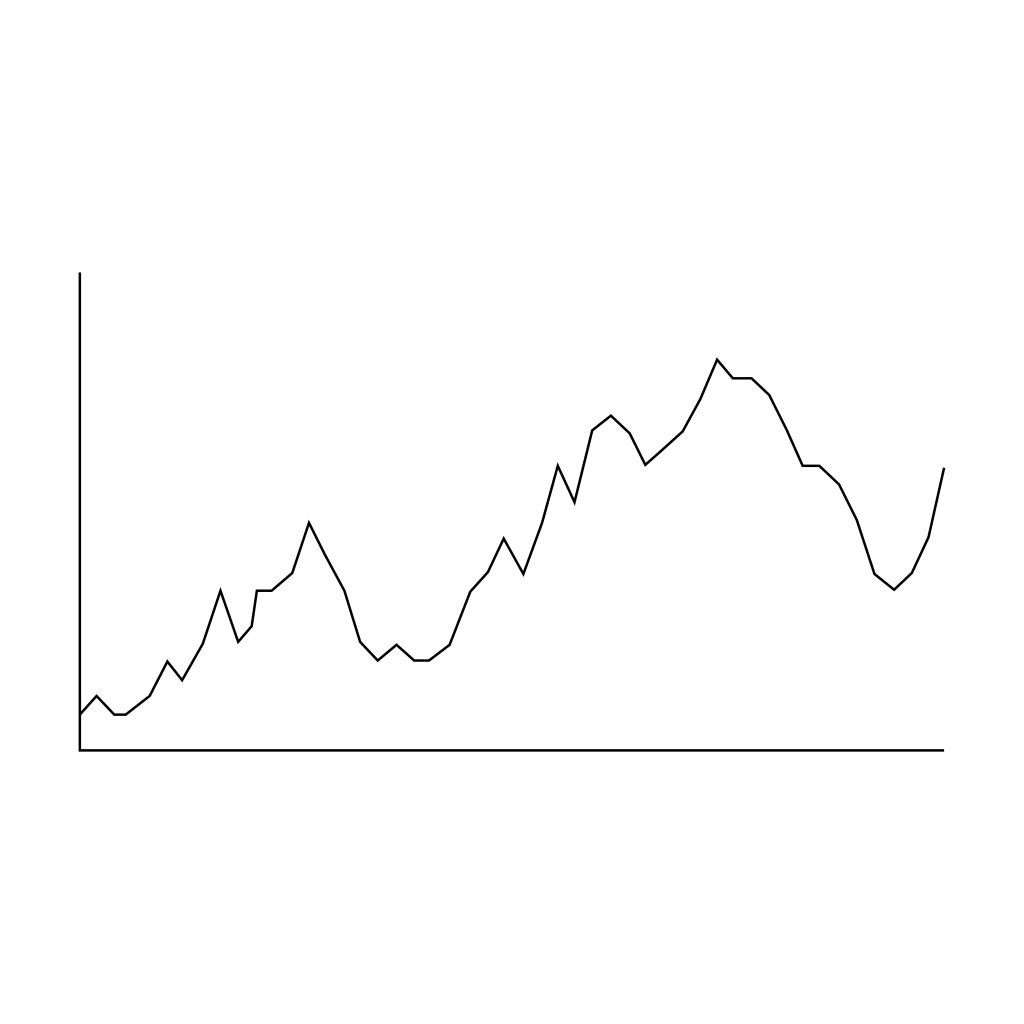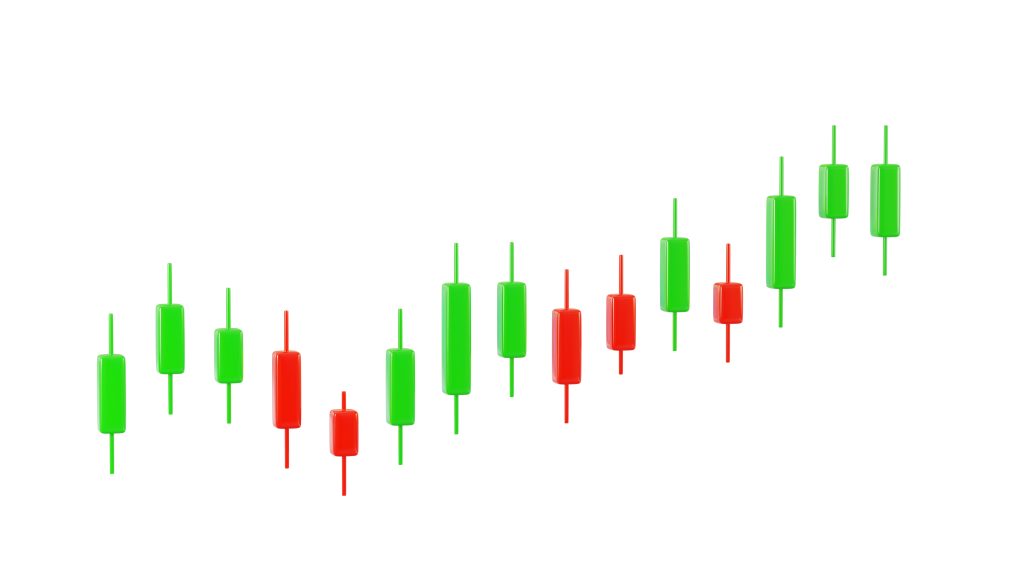
Gold trading involves buying and selling gold as a financial asset, with the goal of profiting from changes in its market price. Traders speculate on gold price fluctuations, leveraging short-term volatility or long-term trends.
Key Concepts:
🔹 Example:
A trader buys gold at $1,800 per ounce and sells at $1,850 per ounce. Profit = ($1,850 – $1,800) x quantity of gold traded.
Understanding what drives gold prices can enhance trading decisions:
Economic Data:
Currency Strength:
Geopolitical Events:
Market Sentiment:
🔹 Example:
During inflationary periods, gold prices typically rise as investors seek protection for their wealth.
Different ways to trade gold:
Different trading approaches to suit your style:
Day Traders:
Swing Traders:
Long-term Investors:
Essential tools for successful gold trading:
📊 Common Chart Types:


🔍 Key Indicators:
🔹 Example:
If RSI indicates overbought conditions (above 70), it may signal a potential price decline, offering a selling opportunity.
Trend Following:
Breakout Trading:
Safe-Haven Strategy:
🔹 Example:
If gold breaks above a strong resistance level of $1,900, traders might buy, anticipating continued upward movement.
Effectively managing risk is crucial:
Essentials:
🔹 Example:
With $5,000 in your account, risking 1% means only risking $50 per trade. Target at least $100 profit for a favorable 2:1 ratio.
Step-by-step guidance to get started:
🔹 Example:
You analyze and decide gold prices will rise. You buy gold CFDs at $1,850, set your stop-loss at $1,830, and take-profit at $1,890.
You now understand:
Continue learning, remain disciplined, and refine your skills to become a successful gold trader.
Sky Links Capital offers expert guidance, reliable platforms, and excellent resources to enhance your gold trading journey.
Take the next step—visit Sky Links Capital today and start your successful gold trading journey with confidence!
Disclaimer: The information and tools provided by Sky Links Capital are strictly for educational and informational purposes only. They do not constitute financial advice, investment recommendations, or an offer to buy or sell any financial instruments. Users should make independent decisions based on their own research and, where appropriate, seek professional advice.